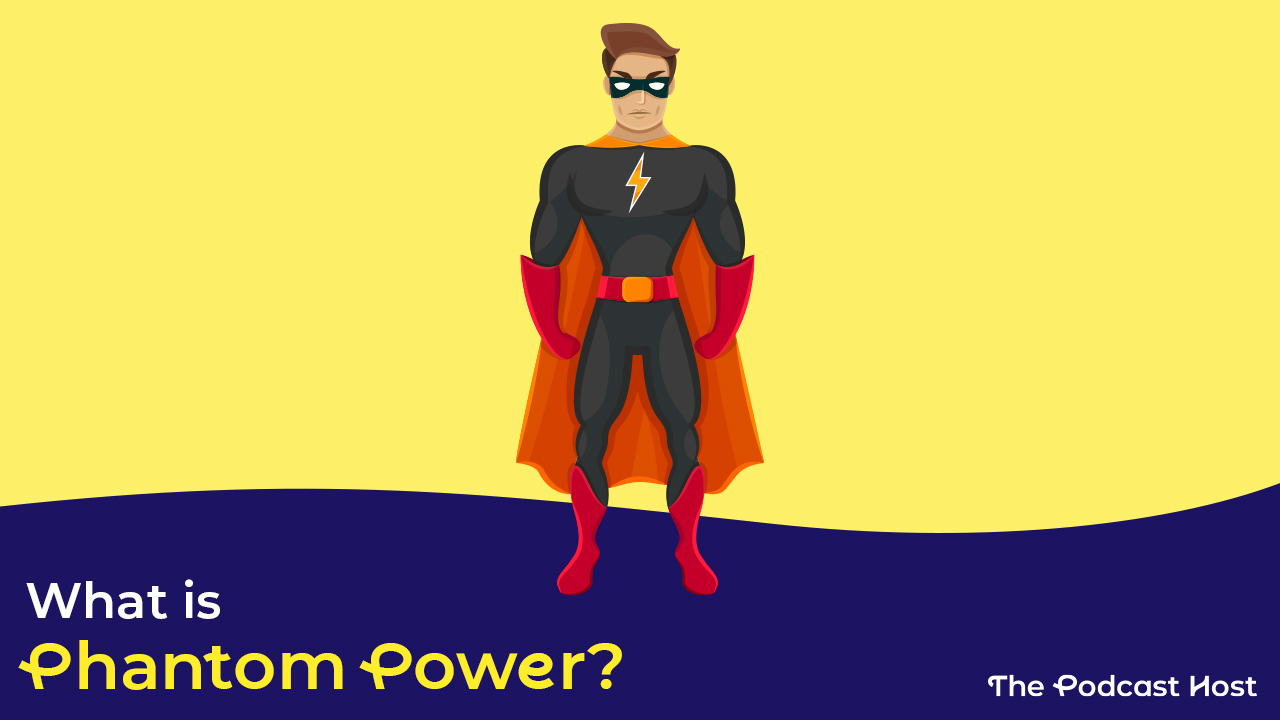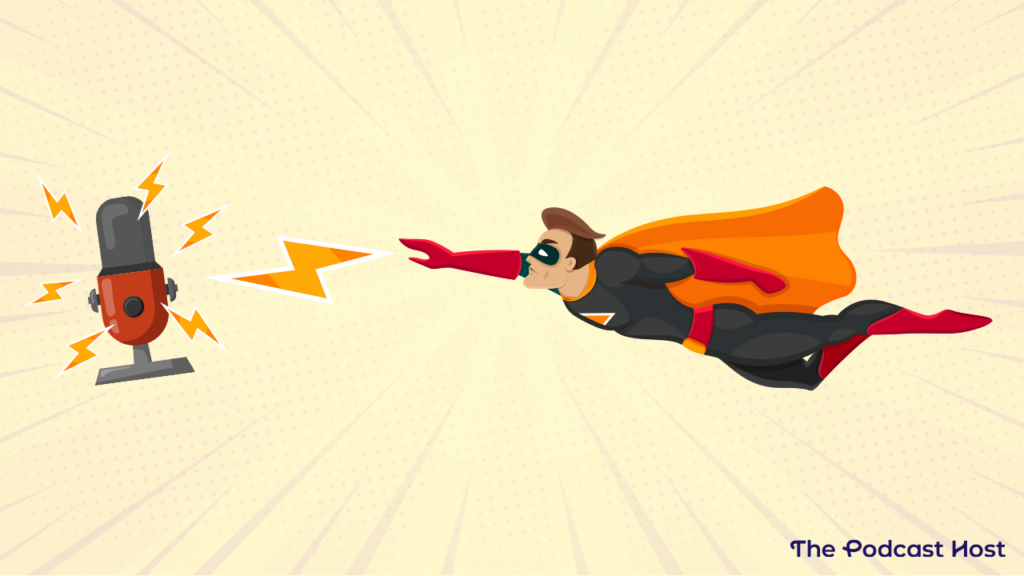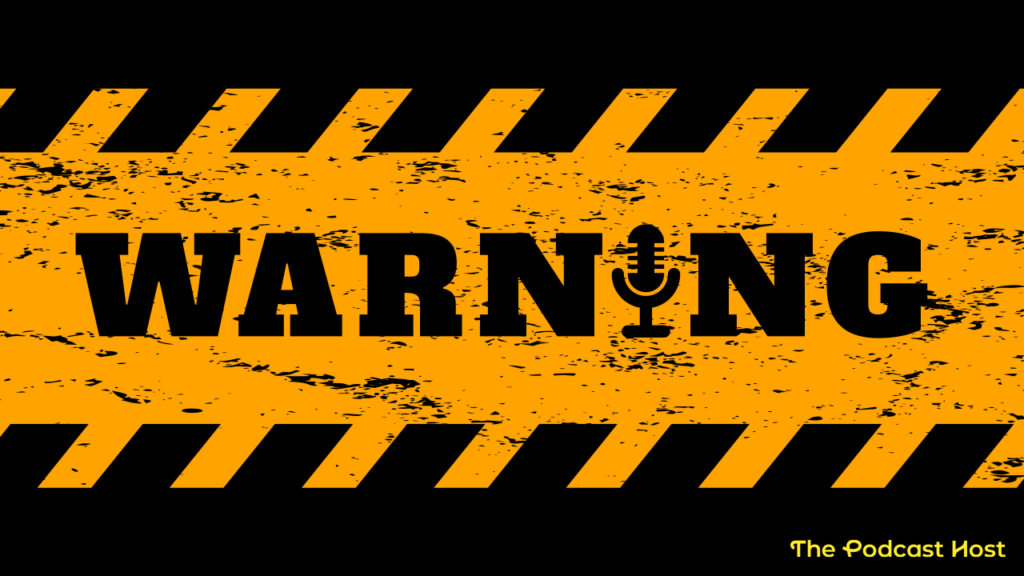What is Phantom Power? Demystifying the Unseen Force

What is Phantom Power? Is it some sort of spectre, superpower, or magical ability?
Well, not quite…
You’ve probably seen or heard people saying “48V” and “condenser microphone” in the same sentence when speaking about audio. The 48V refers to Phantom Power. No, there are no ghosts or ghouls involved! It may seem like a scary or overwhelming concept, but it’s pretty simple! Throughout this article, I will break down what Phantom Power is, what it does, its benefits and dangers, and how to use it, all in bite-size pieces.
What is Phantom Power: The Technical Answer
Phantom Power is important to understand, at least minimally, so you don’t damage your gear. Why? Because we are dealing with voltage! Phantom Power is an electrical power supply that provides voltage to microphones, or other audio equipment, without the need for a traditional power source. Phantom Power is usually supplied via an audio interface. It allows microphones to function without the use of batteries or external power supplies.

There are microphones called “shotgun” mics or boom mics that are most commonly used on film and TV sets. Ten or so years ago, many models required batteries to power them as they fit under the condenser microphone family. When the batteries became low, this would cause issues, as you can no doubt imagine. Phantom Power is a great solution to this problem.
How Does Phantom Power Work?
Phantom power is typically supplied through an XLR cable, used with condenser microphones that need power to operate. The voltage is transmitted down one or both of the microphone’s signal lines (referred to as pins 2 and 3), while the shield (pin 1) is used as an audio ground. Phantom Power audio circuits typically use a voltage of 48 volts, although some audio equipment can be powered using 12 volts, 24 volts, or even 9 volts.
Luckily, the process has been simplified and is generated using one button typically labelled 48V on audio interfaces. This setup is the most common for modern gear used in podcasting!
Why Do I Need Phantom Power?
Some microphones require Phantom Power because they operate using an active electronic circuitry that needs a power source.
Condenser microphones, for example, require phantom power because they use a capacitor to capture sound waves and convert them into an electrical signal. The capacitor needs power to charge and discharge, which is provided by Phantom Power. On the other hand, dynamic microphones do not require Phantom Power because they generate electrical signals through a simple electromagnetic induction process.
That last bit is getting a tad into electrical engineering. But the key takeaways here are that condenser microphones need Phantom Power, whereas dynamic microphones do not.
The Benefits of Phantom Power

No Batteries
Phantom-Powered microphones are useful in situations where other power sources, such as batteries or external power supplies, aren’t available or are impractical to use.
Clean Signal
Phantom Power does not degrade the audio signal because it is transmitted along with the mic signal. This is because the Phantom-Power circuit is specially designed to ensure the power is clean and stable, with little or no distortion. If this part of the interface is broken or the XLR cable is damaged, the audio can lead to signal-to-noise ratio issues, distorted audio, and other audio problems.
Improved Clarity
Phantom Power ensures consistent sound quality by providing the necessary voltage to the microphones. This actually helps to eliminate unwanted noise and improve audio clarity.
Cost-Effective
Phantom Power is a cost-effective solution for powering audio equipment. It eliminates the need for external power supplies, making it an excellent option for home studios and portable setups.
Simple
Phantom Power is easy to use and requires minimal setup. It’s as simple as pressing a button or switch on your audio equipment.

The Dangers of Phantom Power
Phantom Power, when misused or when faulty, can damage your gear. So how do we make sure we’re using it safely and correctly?
Step by Step Phantom Power Usage with Modern Interfaces
- Ensure the gain is set to zero, and 48V is turned off
- Plug in the condenser microphone
- Enable 48V
- Set your gain
- Record
- Turn down gain to zero
- Disengage 48V
It’s actually good practice not to leave your gain dial and 48V button engaged when you are done recording. Yes, it’s a pain to set the gain each time you record, but you lessen any potential damage from voltage spikes upon booting up your computer with the USB interface turning on.
Besides, nowadays, with a camera on a cellphone, it’s easy to reference settings to match between sessions!
What Happens When Phantom Power is Faulty?
If there are any problems with the equipment or the cables, it can cause damage to the microphone in the following ways:
- Voltage spikes: Spikes in voltage that can damage the microphone’s electronics. Avoid sudden power surges by following the steps mentioned above.
- Overvoltage: Excess voltage can cause overheating in the microphone, leading to component failure.
- Short-circuit: If the microphone’s internal parts are damaged from the above, further use can cause a short circuit. This can cause complete hardware failure and possibly sparks internally.
Phantom Power – Not So Mysterious
I hope this article has demystified Phantom Power and that you now better understand how it works and best practices in its use.
In summary, Phantom Power provides power to condenser microphones and sometimes other audio equipment. It’s simple to use, often coming in the form of a 48V button. There are only a few rules that must not be broken to ensure your safety and the longevity of your gear. That’s it! Not so scary, right?
